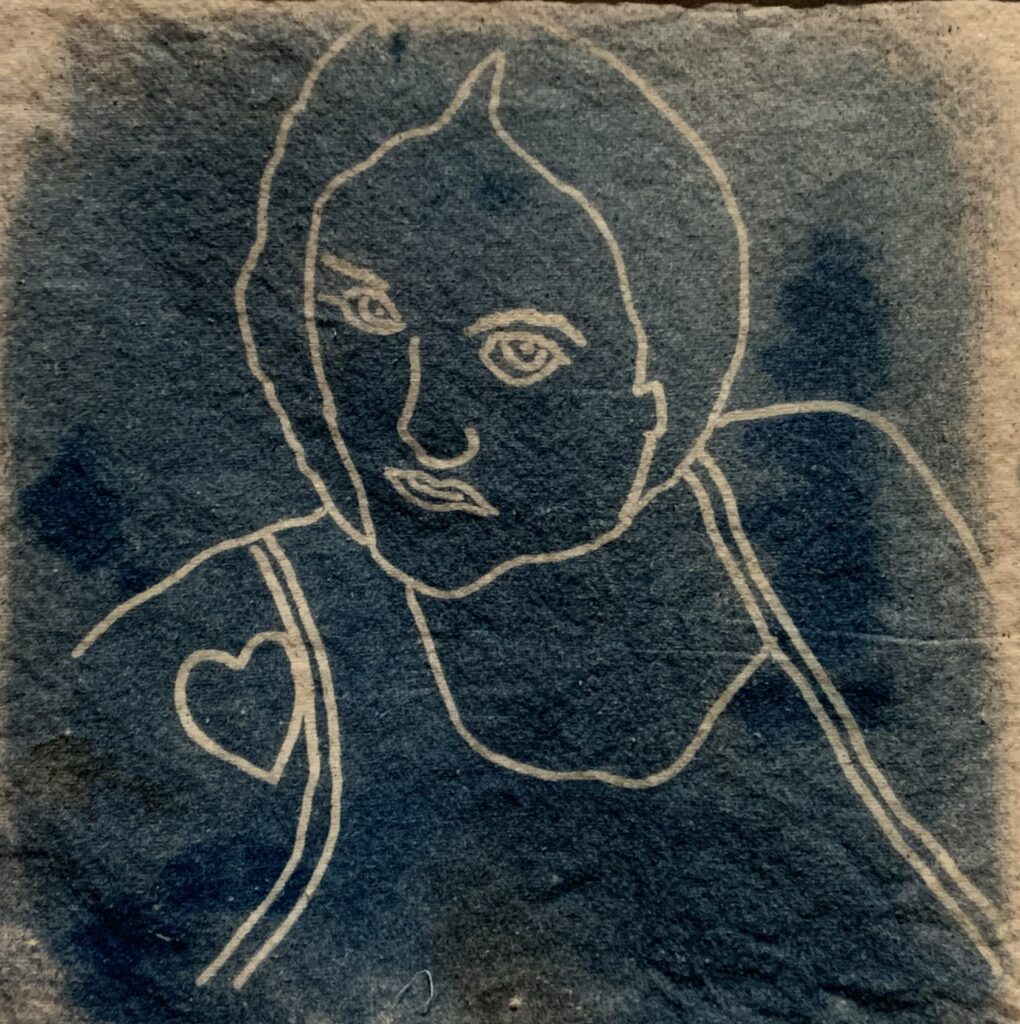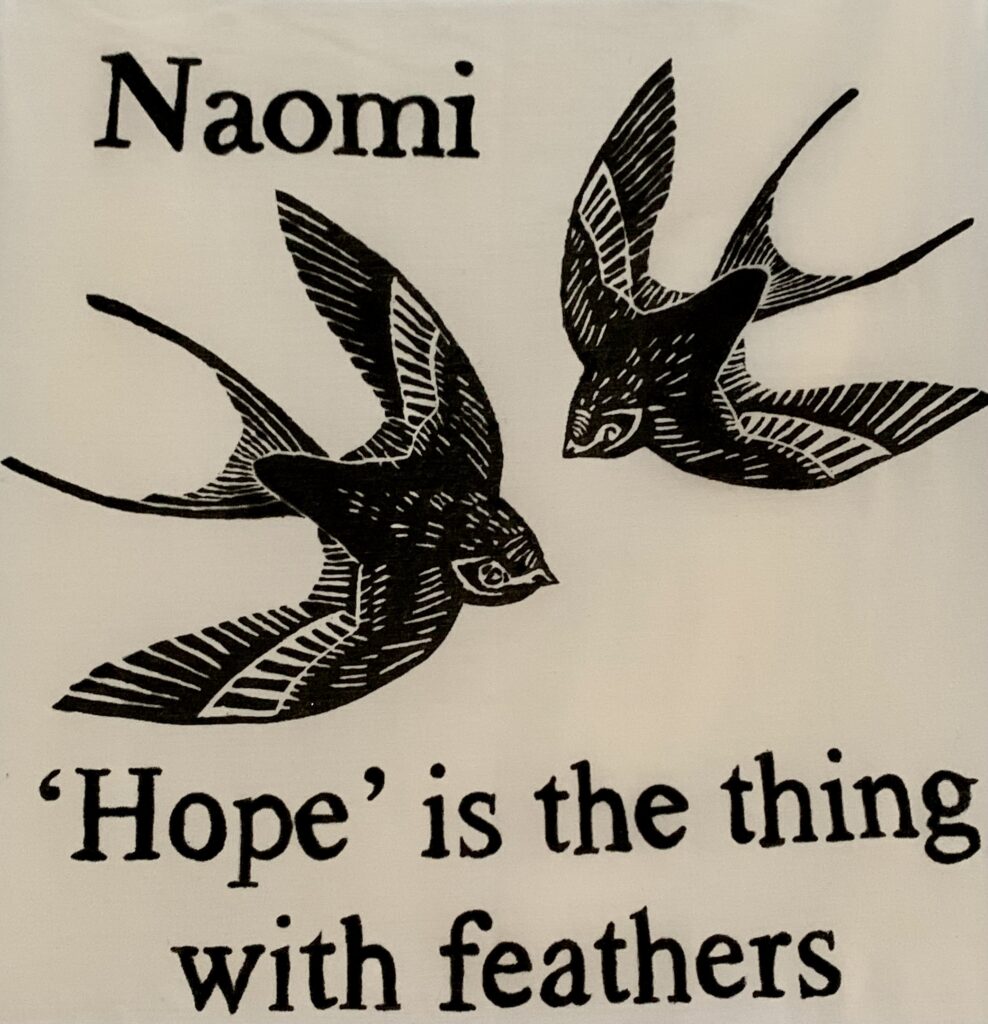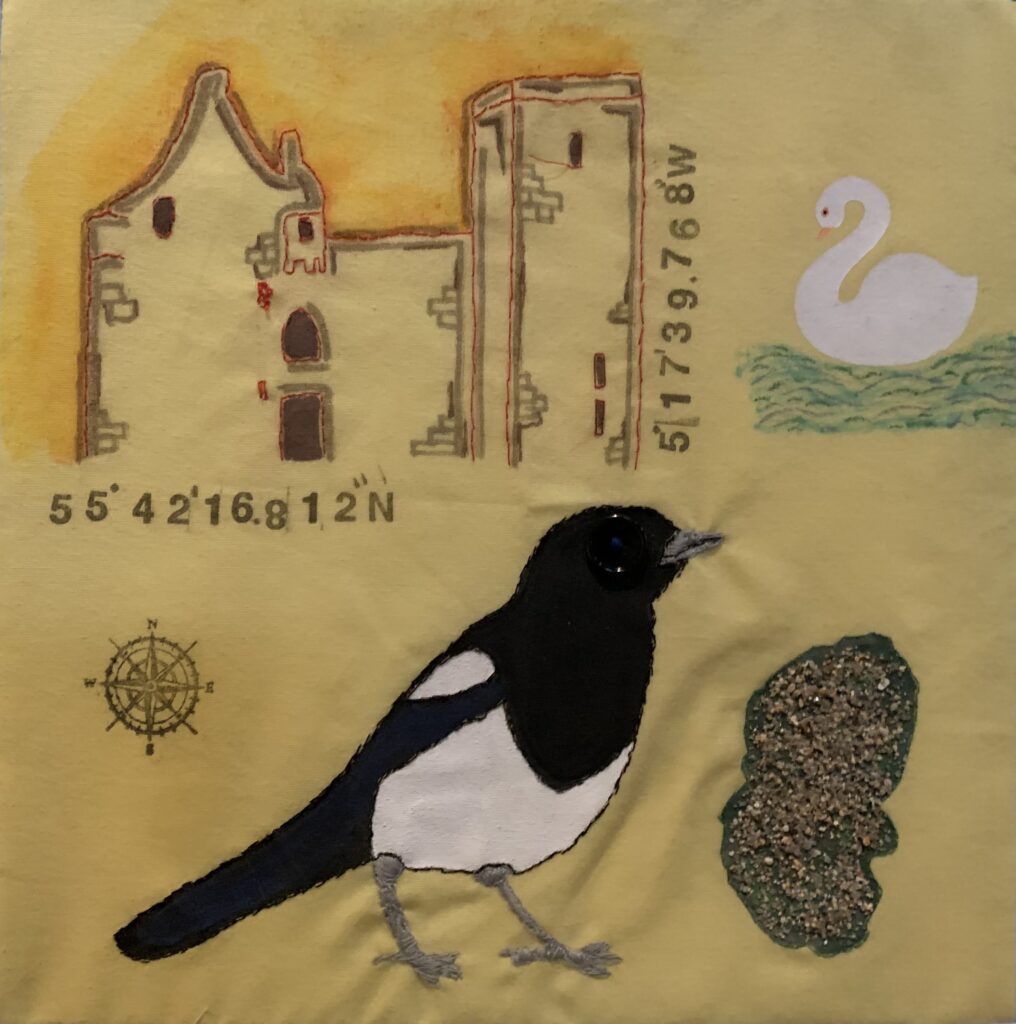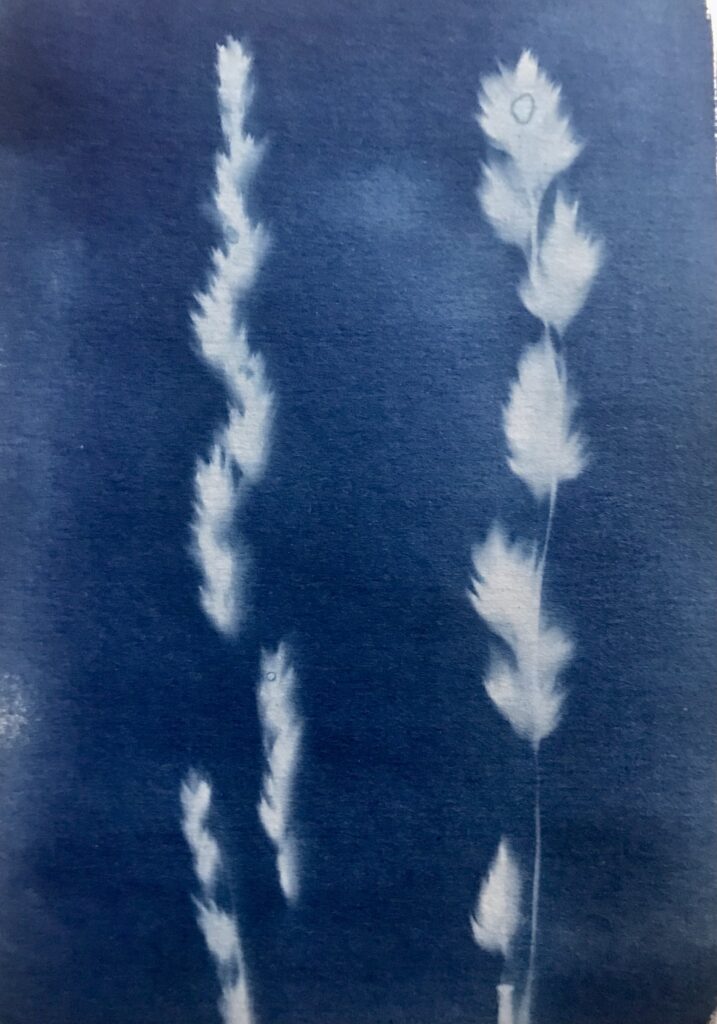
Yesterday, I went to see the North East Speak Their Name Suicide Memorial Quilt, which is currently being exhibited at Newcastle Cathedral. The Speak Their Name movement originated in Manchester and the first memorial quilt was made during the pandemic. The North East project was led by Tracey Beadle of the charity Quinn’s Retreat and Suzanne Howes, both of whom have lost children to suicide.
The quilt is made up of three panels with 120 squares in total. Working with suicide bereavement groups across Tyne and Wear, Teesside and County Durham, the project provided a supportive community for those bereaved by suicide to remember their loved ones by making their own square. Looking at the panels, it was evident how much care had gone into the design and making of each square, and they spoke powerfully to the lasting impact of suicide loss.
Some of the squares used photographs of loved ones to make portraits of them as they are remembered now. Kelly’s aunt used a photograph of her niece to create a cyanotype on the fabric, capturing the lovely young woman that she was.

Dyllon’s mother used a photograph of her son that was on his laptop and that he himself had drawn. Tracing over the image, she sewed in details to celebrate her son’s artistic nature and love of Goth.

Other squares focused on the person’s passions. Paul was remembered by his aunt through a nurse’s uniform and stethoscope, representing his ambition to be a nurse and his commitment to his studies through a life-threatening illness. The square also celebrates the qualities of compassion and care that drew Paul to nursing as a profession, and that characterised him as a person.

Samuel’s brother shared his passion for football and they often went to see Crystal Palace together. He used the shirt that his brother wore to the games to make his square, and sewed onto it his name and the age he was when he died. Samuel had worn the shirt to the FA Cup Final in 2018.

A number of the squares had quotations embroidered onto them. Graham’s son wrote onto his square the words of a song that his Dad used to sing to him every evening when he went to bed.

Mark’s son remembered the Moomins book that his Dad had given him, and which became a firm favourite. He embroidered onto his square an image and a quote from the book.

Naomi’s best friend turned to the poetry she has read as a source of comfort and connection since her death, and her chosen quotation from Emily Dickinson was a poem that she felt Naomi would have loved.

Graham’s daughter-in-law also looked to where she had found comfort and solace since his death. Her square represents Lochranza Castle on the Isle of Arran, where she and her husband had felt a strong connection with Graham through the beauty of nature. Sand gathered from Lochranza beach has been attached to the square to form the shape of Arran, together with a magpie to represent Graham’s love of Newcastle United.

These are only a few of the squares sewn into the panels; each of them gives a vivid and intimate portrait of a person who is loved and who was lost to suicide. The inscribing of the names speaks a loss that is socially difficult to communicate and often silenced. The squares also speak eloquently of creativity and community, balancing grief with hope.
The quilt will be on display in Newcastle Cathedral until 27 March 2024.


